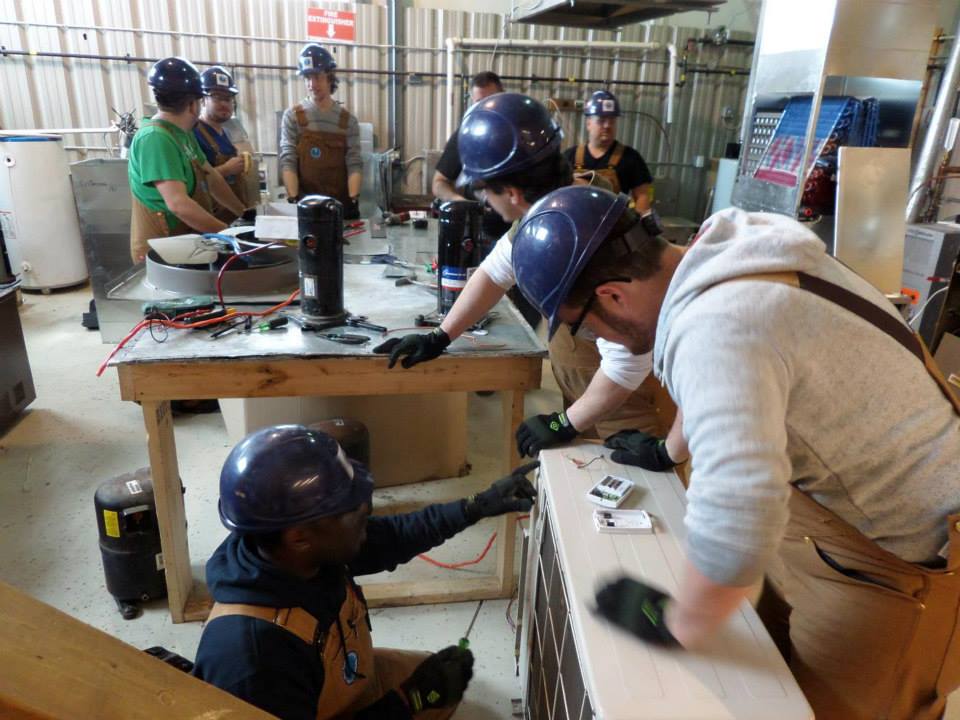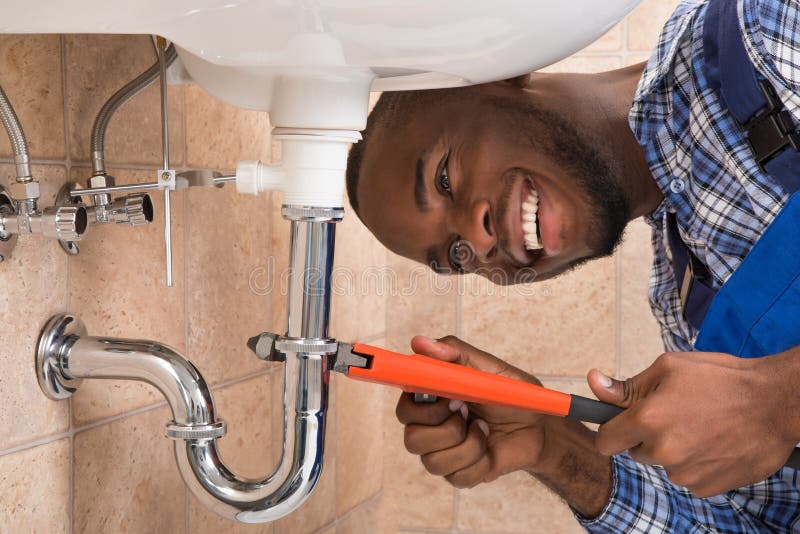Complete Plumbing Alabaster AL Solutions for Your Home
A Detailed Overview to Effective Water Heating System Setup for Ideal Efficiency
Embarking on the job of installing a water heating unit is an endeavor that requires precision and a methodical strategy for achieving ideal efficiency. As you proceed, the ins and outs of connecting water supply lines and setting up dependable electric or gas links wait for, promising understandings right into guaranteeing effectiveness and integrity.
Selecting the Right Hot Water Heater

Next, think about the size and capability of the hot water heater. It's vital to evaluate your home's hot water requirements, which can differ based upon the variety of owners and their use patterns. An unit that's too small may lead to insufficient hot water, while a large design may lead to unneeded power intake.
Performance rankings also play a pivotal function in option. Seek hot water heater with high Energy Element (EF) rankings, indicating remarkable efficiency and reduced energy use. Tankless versions, though commonly more expensive upfront, deal substantial energy cost savings in time as a result of their on-demand home heating abilities.
Preparing the Installment Location
Prior to setting up a new water heating system, careful preparation of the installment location is necessary. It's important to gauge the area carefully to fit the water heating system's dimensions, making sure adequate clearance around the system for reliable operation and servicing.
Following, get rid of any debris, dust, or obstructions from the site to produce a tidy setting. Examine the floor for stability, as the hot water heater will need a strong, degree surface area to run efficiently. If needed, install a drip frying pan underneath the device to catch possible leaks or spills, protecting against water damage to the surrounding area. In regions prone to seismic activity, consider installing seismic bands to safeguard the heating system strongly in position.
In addition, make sure that all essential devices and materials are on hand prior to starting the setup. This includes items such as wrenches, screwdrivers, a level, and any kind of added equipment needed for installing and securing the heating system. A well-prepared setup area establishes the structure for an effective water heating unit configuration, enhancing performance and safety.
Connecting Water Lines
When connecting water lines to your newly mounted water heater, it is crucial to guarantee that all connections are leak-free and safe and secure to keep effective operation and protect against water damage. Begin by identifying the hot and cool water lines. The chilly water inlet is generally noted with a blue label or a "C", while the warm water outlet is noted with a red label or an "H".
Usage adaptable water heating unit adapters to help with an easier setup procedure. These connectors can take in resonance and enable mild movement, minimizing look these up the risk of leaks. Prior to attaching the ports, place a plumbing's tape around the threaded ends of the water heating system's inlet and outlet pipelines - Plumbing Alabaster AL. This tape acts as a sealant, preventing leakages. Thoroughly attach the adaptable pipes to the respective inlet and outlet, ensuring that they are not over-tightened however limited, which could harm the threads.
As soon as connections are in location, slowly activate the major supply of water shutoff. Examine each connection for leakages by aesthetically checking and feeling for moisture. Tighten connections as needed, and make certain the stress safety valve is correctly installed, safeguarding against excessive pressure build-up.
Establishing Electric or Gas Links
Appropriately setting up the electric or gas links for your water heater is a crucial action to make sure efficient and secure operation. For electrical water heaters, begin by validating that the electrical circuit is suitable with the heater's voltage and amperage needs.
For gas hot water heater, safety and security is critical. Validate that the gas supply is off before continuing. Attach the gas line to the water heating unit making use of a flexible gas port, guaranteeing it is correctly threaded and secured with pipe joint compound or Teflon tape ideal visit this page for gas connections. Tighten up the links with a wrench, taking care not to over-tighten (Plumber Alabaster AL).
Once links are made, evaluate for any type of possible leaks. For gas lines, apply a soapy water service to the joints; bubbles suggest a leakage. For electric links, double-check that all electrical wiring is safe and effectively insulated, maintaining compliance with local electrical codes.
Changing and checking for Performance
With the electric and gas links firmly in position, the following action is reviewing the functional efficiency of your water heater. Begin by very carefully activating the water and making certain there are no leakages at any one of the joints or valves. As soon as confirmed, proceed to fill the storage tank, taking notice of the stress and temperature settings. It is a good idea to establish the thermostat to a suggested temperature of around 120 ° F(49 ° C) to balance energy performance and convenience.
Following, execute a thorough inspection to make certain the home heating components or gas heaters are working properly. For electric heating systems, make use of a multimeter to confirm if the elements are attracting the proper current. In gas versions, observe the burner flame; it must be try this website steady and blue, showing efficient burning.
Adjust the setups as necessary to eliminate ineffectiveness. Consider applying insulation procedures, such as including a hot water heater blanket, to even more boost performance by decreasing warm loss. In addition, inspect the anode rod's problem, as a deteriorated pole can minimize performance and result in tank deterioration.
Final Thought
Effective water heating system setup is critical for ensuring optimum efficiency and energy cost savings. By choosing the suitable type and size, and carefully preparing the setup area, a structure for success is established. Securely attaching supply of water lines and carefully establishing electrical or gas links lessen potential concerns. Detailed testing for leakages and accurate thermostat modifications to 120 ° F boost integrity and efficiency. Following these steps promotes long-term functionality and energy conservation in domestic water furnace.

Correctly setting up the electric or gas links for your water heater is a critical step to make certain risk-free and reliable operation. For electric water heating units, start by verifying that the electrical circuit is compatible with the heating system's voltage and amperage requirements. Attach the gas line to the water heating system utilizing a versatile gas adapter, ensuring it is properly threaded and secured with pipe joint compound or Teflon tape appropriate for gas links.